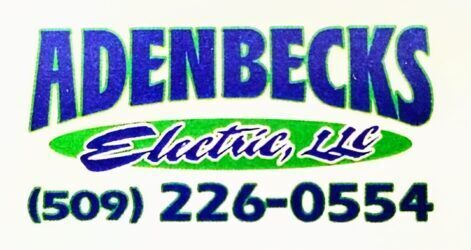Plan “A” and Plan “B”
Hotels, motels and restaurants have a difficult time staying in business. The competition for the shared customer base must be fierce.
As I have mentioned before, several investors had put a lot of effort in keeping the Old Davenport Hotel going. It finally closed for a few years, and then was remodeled, refurbished and, after bringing it back to its former glory, it was reopened.
My wife and I stayed there for a night on our 60th wedding anniversary. I was unable to visit the “bowels” of the structure as I had when I was working on the building, but the surface is beautiful. I must admit however, that I missed the stuffed Polar Bear located above the old lobby that used to greet visitors.
I recall one of the restaurants that we wired completely from the ground up that had, apparently, been designed by an inexperienced architect-engineer. When the kitchen was finished, the installation of the appliances completely obstructed access to the back room with the electrical panel. It was necessary to shuffle all the appliances so that access could be attained. Shuffling the appliances meant that all the electrical receptacles and power supply locations had to be moved.
When we installed the lighting over the booths in the dining area, the plans called for a specific size of booth. When the booths arrived they were of a different size. This made it impossible to center the booths under the fixtures. That wasn’t a pretty sight.
Once when I was in charge of wiring a motel, the boys working under my direction grabbed a roll of number 10 wire instead of number 12. The umber 10 wire, being heavier and harder to work with, increased the labor hours as well as raising the material costs. It was a waste of time and material costs, since there was no offsetting benefit.
The subject of wire gauge brings up another subject. Many times inexperienced home owners, or other tradesmen, will tell us (or inform the people having work done) that they only want number 12 wire installed. They don’t want any number 14 wire in the building. This request is usually made because the requestor feels that the #12 is more of a safe choice. What they don’t realize is that household appliances do not have a plug and cord designed for that much of an electrical load. Most appliance cords are limited to about 10 Amps, using number 16 or even number 18 gauge wires.
The breaker required for number 14 wire is a 15 amp breaker. As you can see there is a built in margin for safety (15 Amps minus 10 Amps = 5 Amp margin). If you increase the capacity of the wiring in the wall to a 20 Amp capacity you have doubled the safety margin. On the surface, this looks like a good idea at first.
However if there is a problem with an appliance it will take longer for the 20 Amp breaker to trip, leaving more likelihood that a problem will go undetected and become ever more dangerous. Coupled with that possibility is the probability that more receptacles will be added to a 20 Amp circuit. More receptacles invite an increase in the number of devices using the same circuit. Thus it adds to the element of difficulty to narrow down the options in finding a problem appliance or device.
It’s better to trust the professionals that know what they’re doing.
